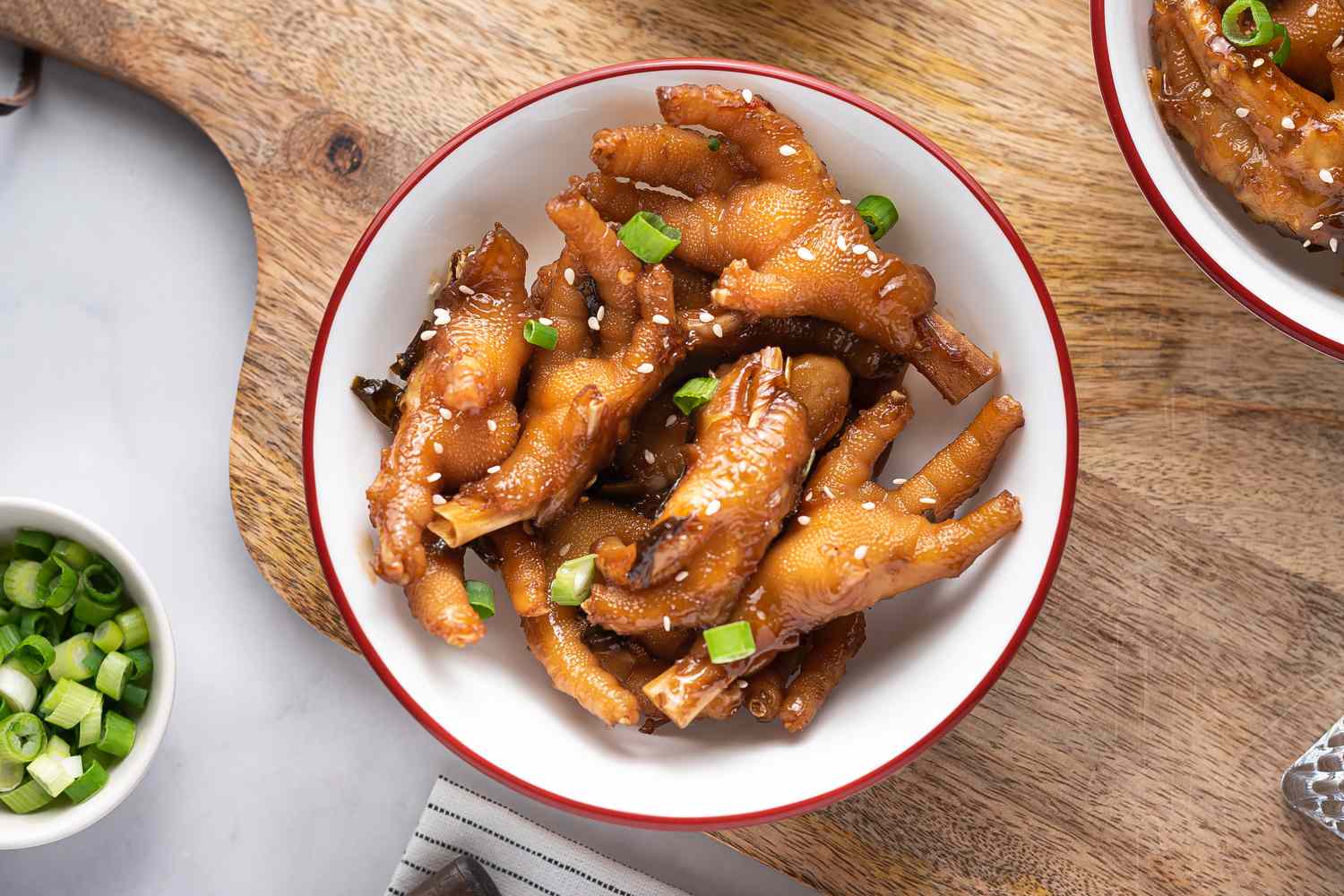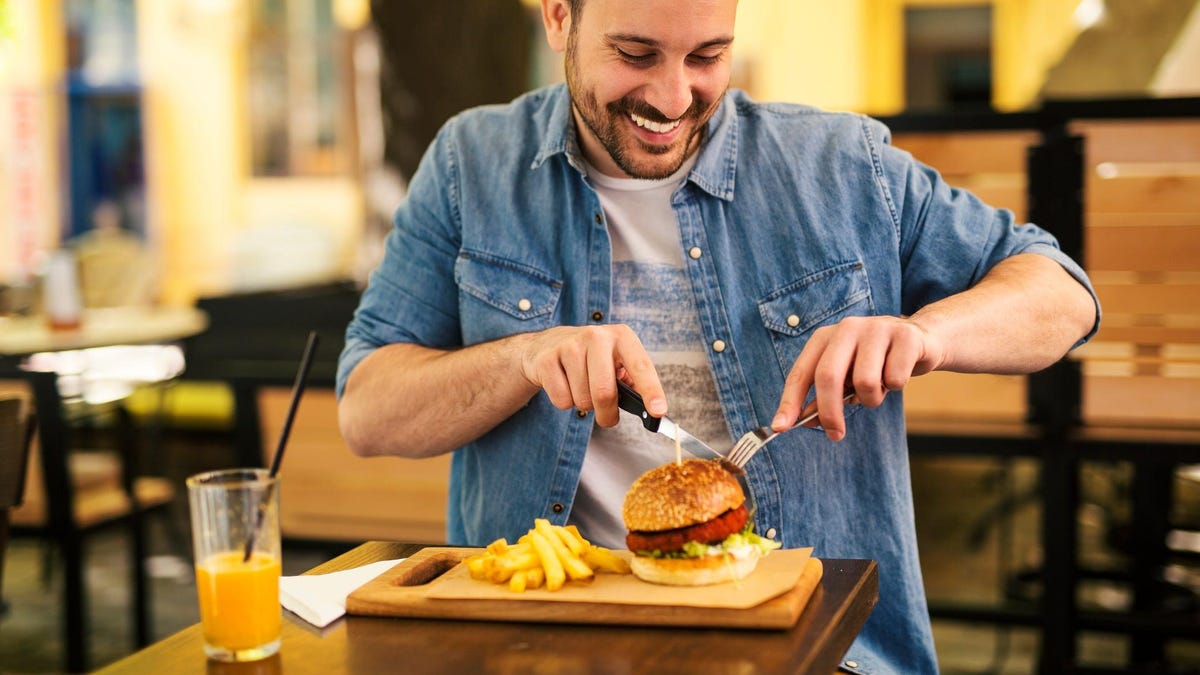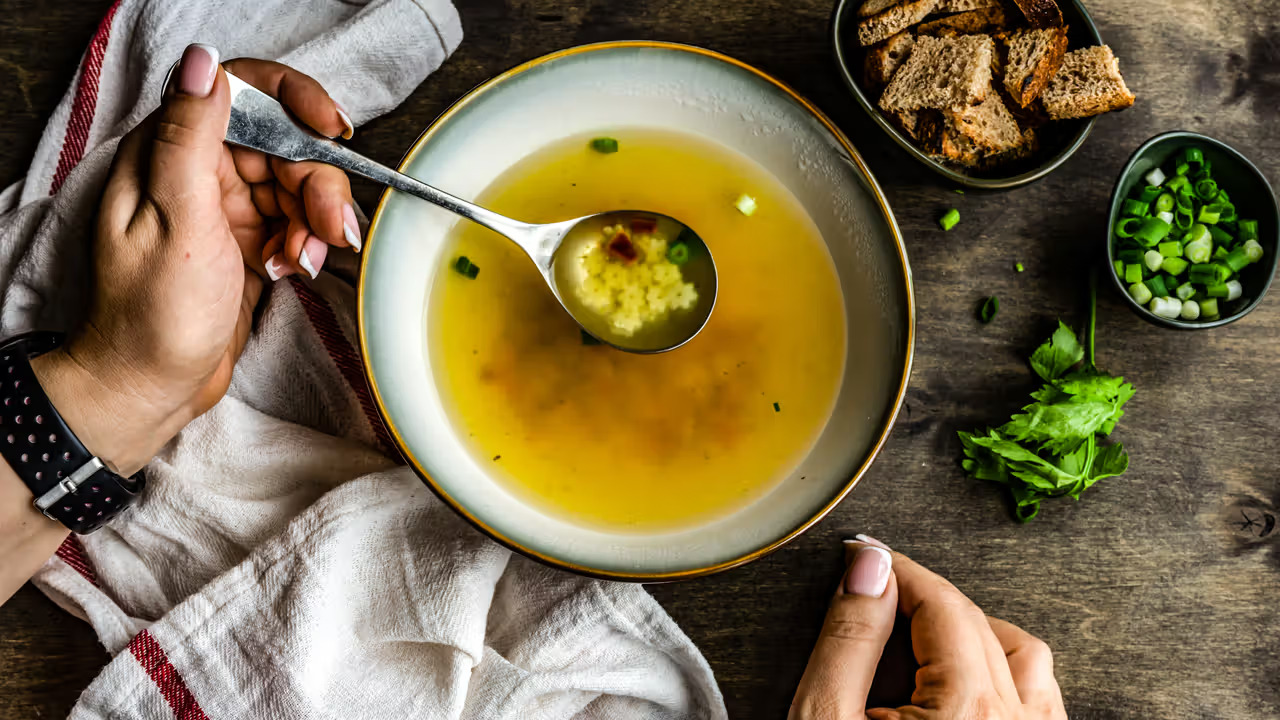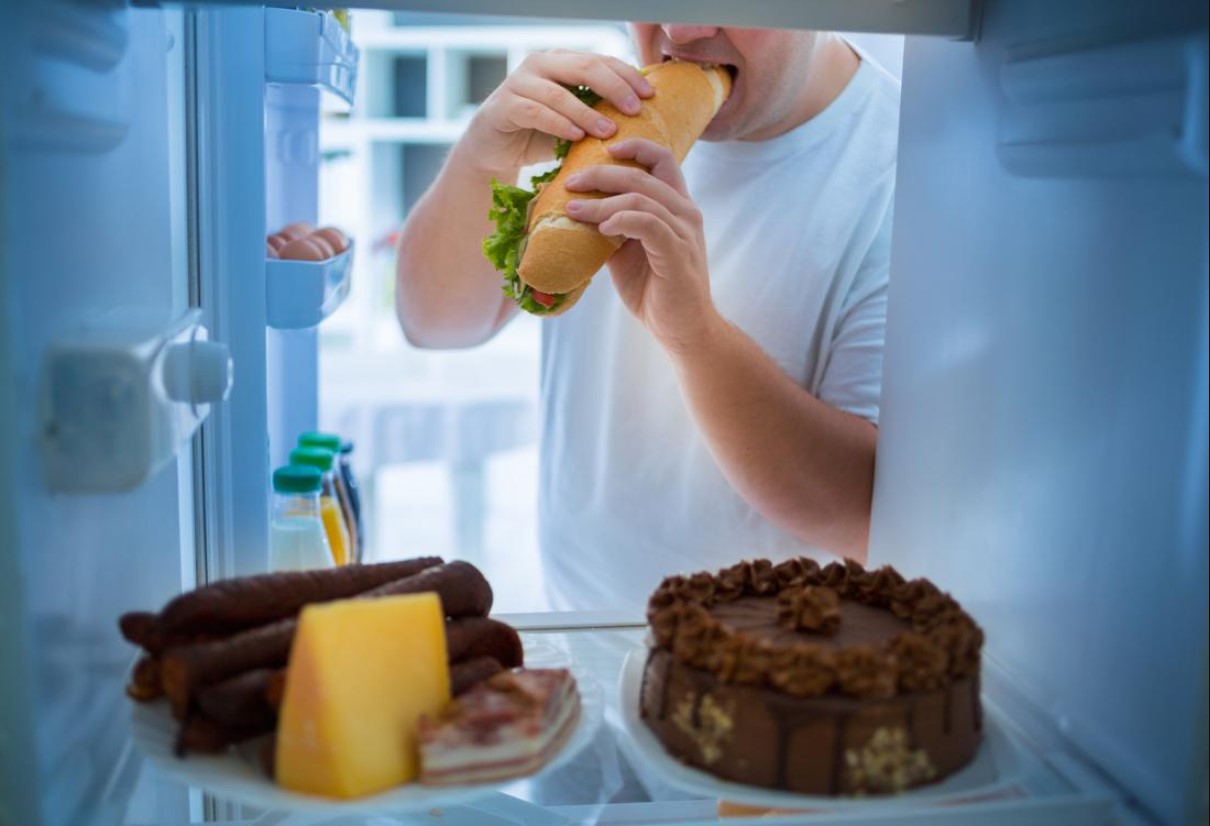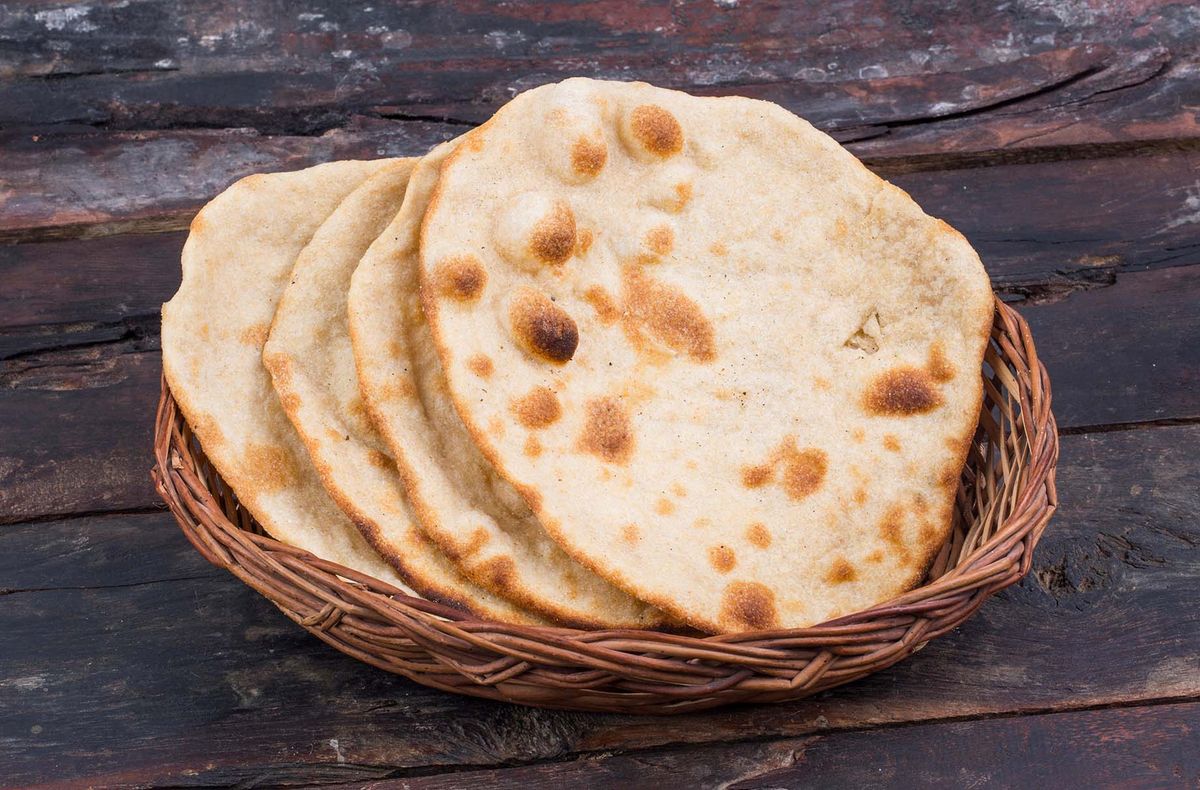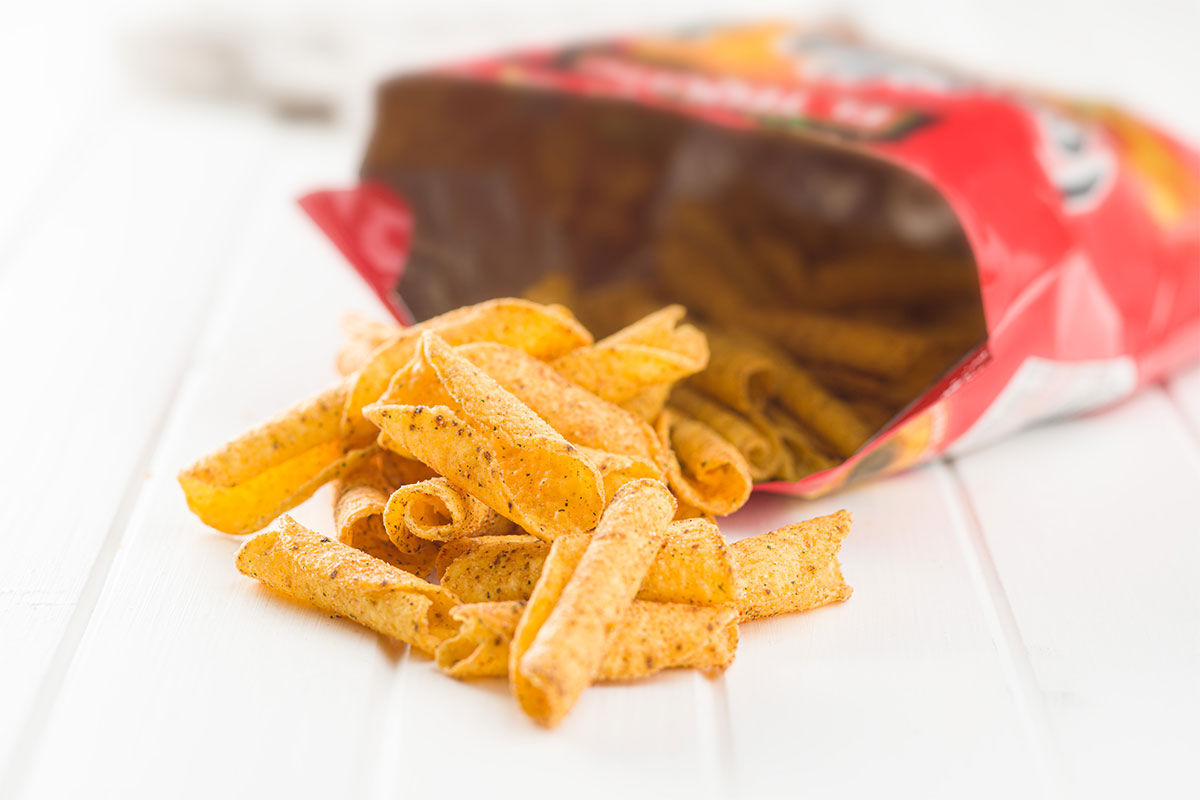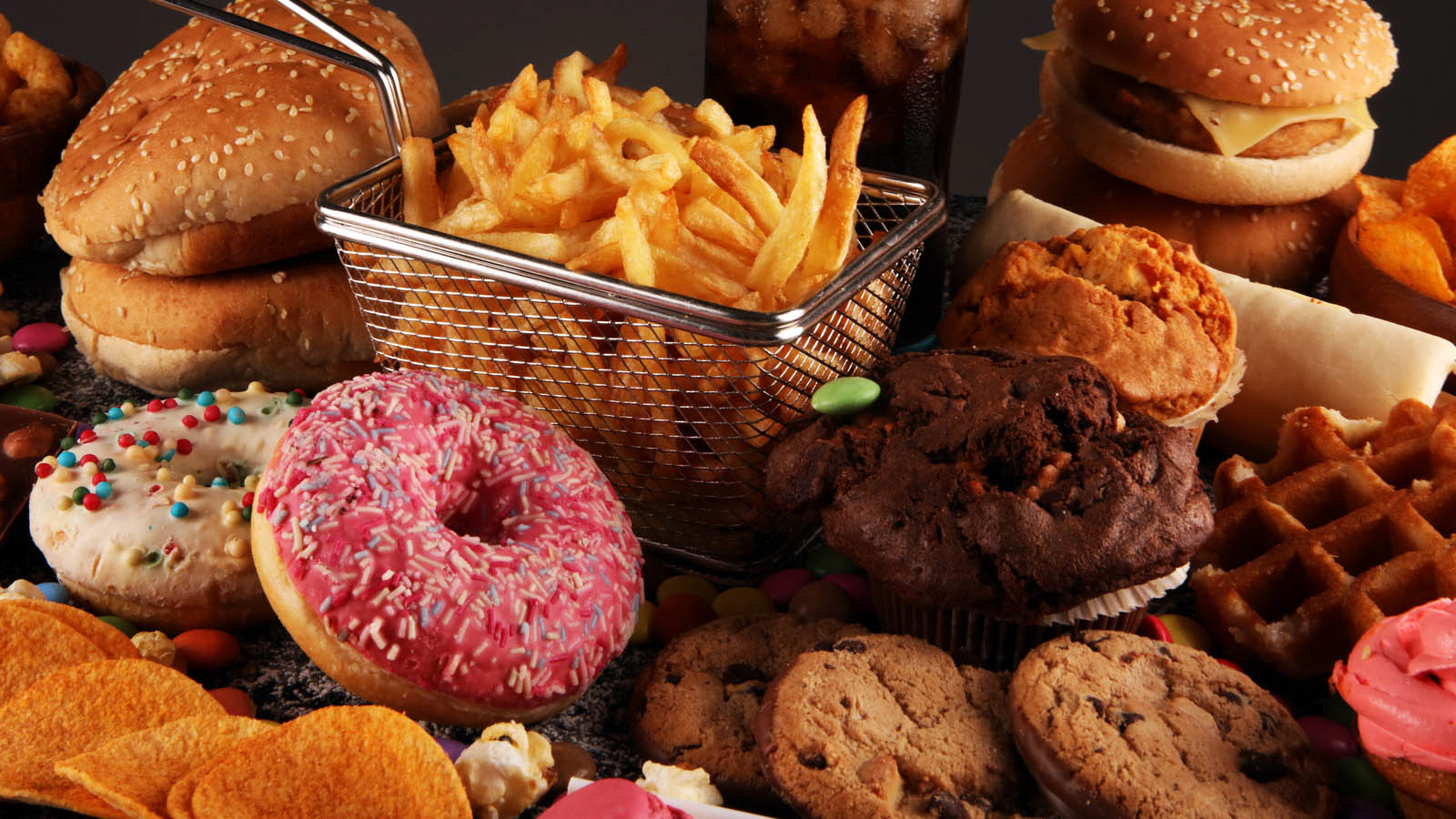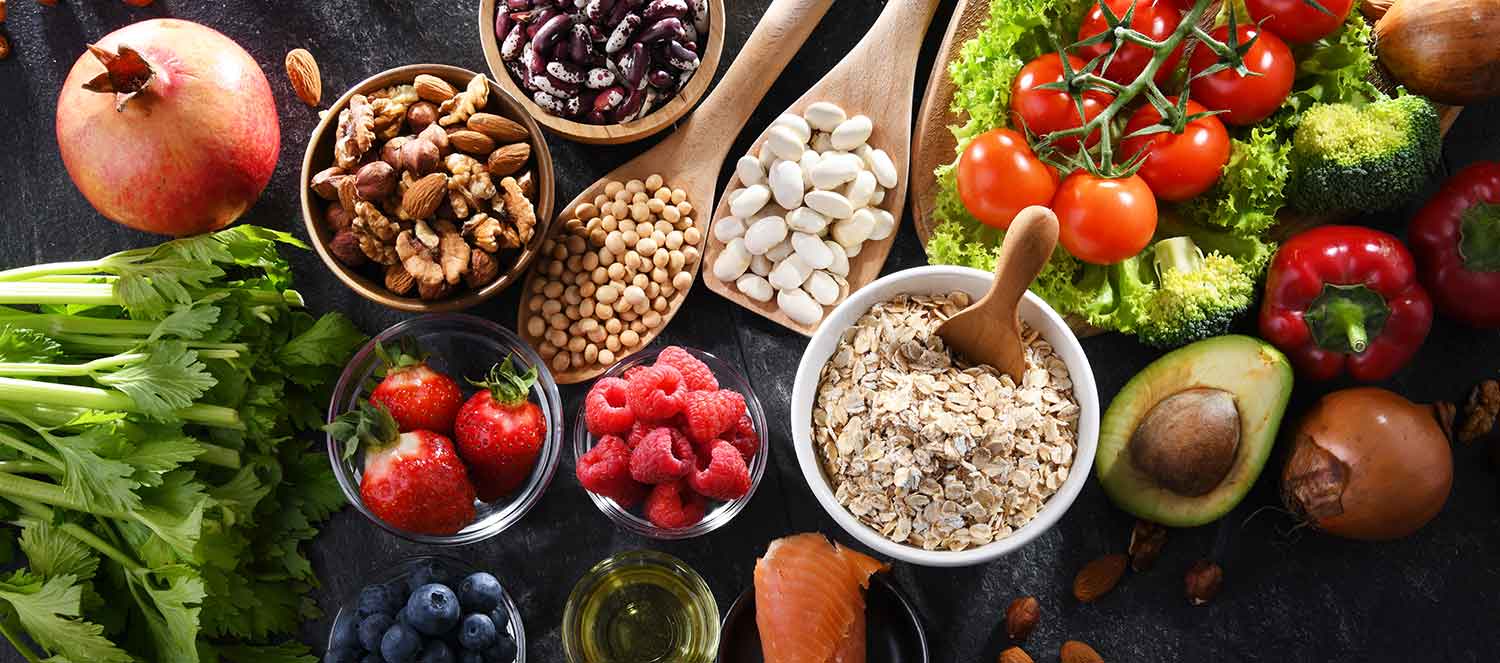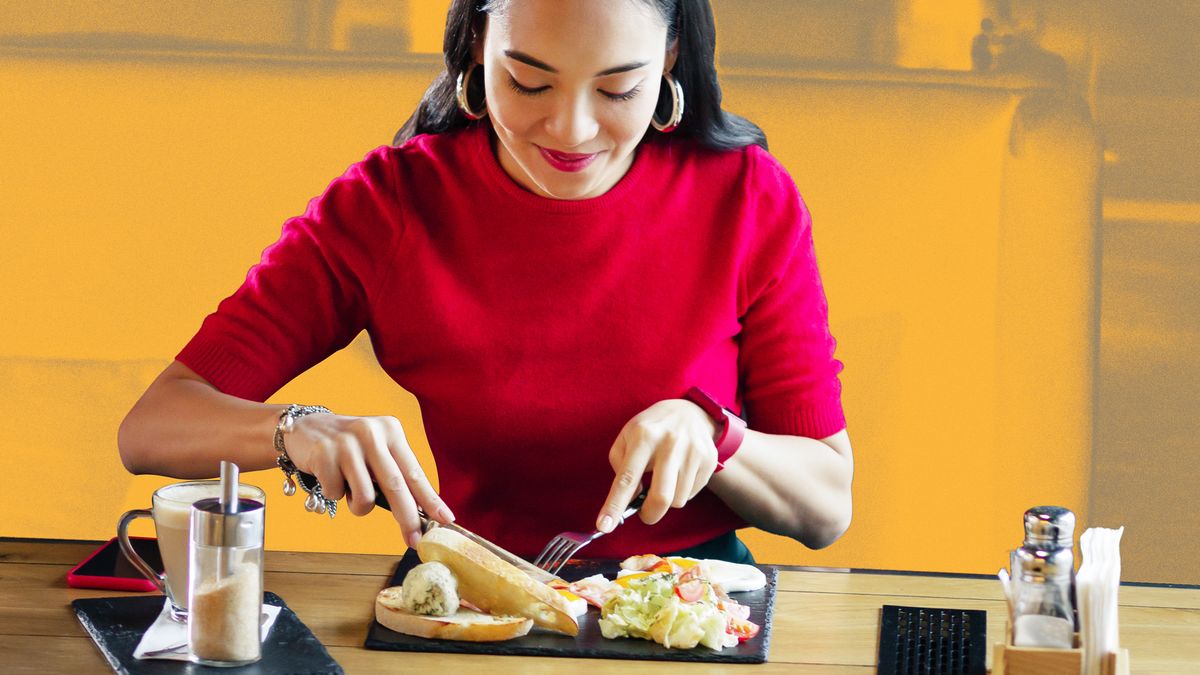Understanding Dyspepsia
Dyspepsia, commonly known as indigestion, is a condition characterized by discomfort or pain in the upper abdomen. It can be caused by various factors such as overeating, eating too quickly, consuming fatty or greasy foods, and stress. While it’s important to seek medical advice for persistent or severe symptoms, making changes to your diet can also help manage dyspepsia.
How to Eat for Dyspepsia
When it comes to managing dyspepsia through diet, there are several strategies that can help alleviate symptoms and promote better digestion. Here are some tips on how to eat for dyspepsia:
1. Eat Smaller, More Frequent Meals
Instead of consuming large meals, opt for smaller, more frequent meals throughout the day. This can help prevent overloading your digestive system and minimize the risk of experiencing discomfort after eating.
2. Choose Low-Fat Foods
Fatty and greasy foods can exacerbate dyspepsia symptoms. Focus on incorporating more low-fat options into your diet, such as lean proteins, fruits, vegetables, and whole grains. Avoid fried foods and heavy sauces that can be hard to digest.
3. Slow Down and Chew Thoroughly
Eating too quickly can contribute to indigestion. Take your time to savor each bite and chew your food thoroughly. This can aid in the digestion process and reduce the likelihood of experiencing discomfort.
4. Limit Trigger Foods and Beverages
Identify any specific foods or beverages that tend to trigger your dyspepsia symptoms and consider reducing or eliminating them from your diet. Common triggers include spicy foods, caffeine, alcohol, and acidic foods like citrus fruits and tomatoes.
5. Stay Hydrated
Drinking an adequate amount of water is essential for good digestion. Aim to stay hydrated throughout the day, but be mindful of consuming large amounts of fluids during meals, as this can dilute stomach acid and potentially lead to indigestion.
6. Mindful Eating
Practicing mindful eating involves being present and attentive while consuming your meals. This can help you recognize feelings of fullness and prevent overeating, which is a common contributor to dyspepsia.
7. Consider Probiotic-Rich Foods
Probiotics are beneficial bacteria that can support gut health. Consider incorporating probiotic-rich foods such as yogurt, kefir, sauerkraut, and kimchi into your diet to promote a healthy digestive system.
8. Manage Stress
Stress can have a significant impact on digestive health. Explore stress-reducing activities such as yoga, meditation, or deep breathing exercises to help manage and alleviate symptoms of dyspepsia.
Consult a Healthcare Professional
While making dietary changes can be beneficial for managing dyspepsia, it’s important to consult with a healthcare professional for personalized advice. They can provide guidance tailored to your specific needs and help determine the most effective approach for managing your symptoms.
By implementing these dietary strategies and seeking professional guidance, you can take proactive steps to manage dyspepsia and promote better digestive health.

